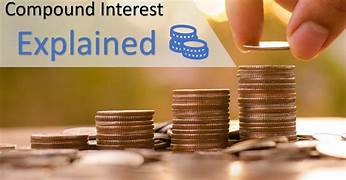Introduction
Have you ever pondered upon the unpredictable nature of life? You’re not alone! Life is filled with uncertainties, and while we can’t control every twist and turn, we can certainly prepare for them. One such preparation tool is insurance.
The Basics of Insurance
What is Insurance?
In simple terms, insurance is a contract that compensates you against certain types of losses. You pay a premium, and in return, the insurance company commits to cover specified risks. Think of it as a safety net.
Why is Insurance Crucial?
Have you ever been on a trapeze? Neither have I, but can you imagine doing it without a safety net below? Similarly, navigating through life without insurance is a risk few can afford.
The Role of Insurance in a Financial Portfolio
Risk Management
Your financial portfolio is like a ship sailing on the vast ocean of economic variables. Insurance acts as an anchor, ensuring that even in stormy weather, your ship remains steady.
Financial Stability
Accidents or disasters can create huge dents in our savings. Insurance ensures you remain financially stable by covering the heavy expenses that come with these unforeseen events.
Peace of Mind
Knowing that you’re protected financially allows you to live in the moment. Isn’t peace of mind, after all, priceless?
Different Types of Insurance
Life Insurance
Life is unpredictable. Life insurance ensures that your loved ones remain protected and financially secure even in your absence.
Health Insurance
As the old saying goes, “Health is Wealth.” Health insurance safeguards you from unexpected medical expenses, ensuring you get the best treatment without a financial burden.
Property and Casualty Insurance
Your home, car, or business are significant investments. Protecting them against unforeseen damages helps maintain their value and ensures continuity.
Making the Right Choice
Evaluating Your Needs
Before jumping on the insurance bandwagon, it’s essential to assess your specific needs. Do you need life insurance, health coverage, or both?
Consulting Professionals
Just as you’d consult a doctor for health issues, for insurance, it’s best to consult some trusted insurance agent near you. They can guide you in making informed decisions tailored to your requirements.
Conclusion
Insurance is more than just a financial tool. It’s a commitment to yourself and your loved ones that you’re prepared for life’s uncertainties. With the right insurance in place, you can confidently chart your course through life, knowing that you have a safety net below.
FAQs
- Why is insurance important for a financial portfolio?
- Insurance provides a safety net, ensuring financial stability during unforeseen events.
- What type of insurance should I prioritize?
- It depends on individual needs. A young family might prioritize life insurance, while someone else might emphasize health or property insurance.
- Are insurance premiums worth it?
- Absolutely. Consider premiums as an investment towards securing your financial future.
- How often should I review my insurance?
- Regularly, especially after significant life events like marriage, buying a house, or having children.
- Can I rely solely on employer-provided insurance?
- Employer insurance is a perk, but it might not cover all your needs. It’s wise to have personal insurance as well.





